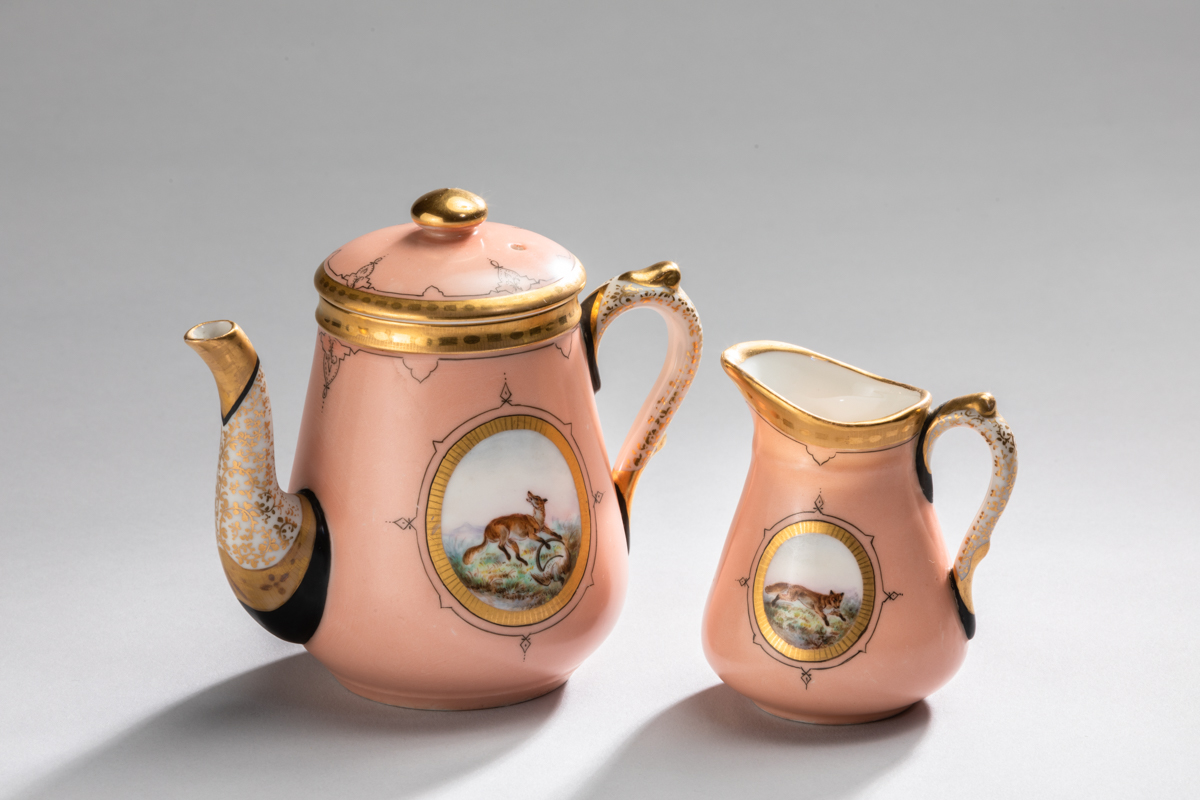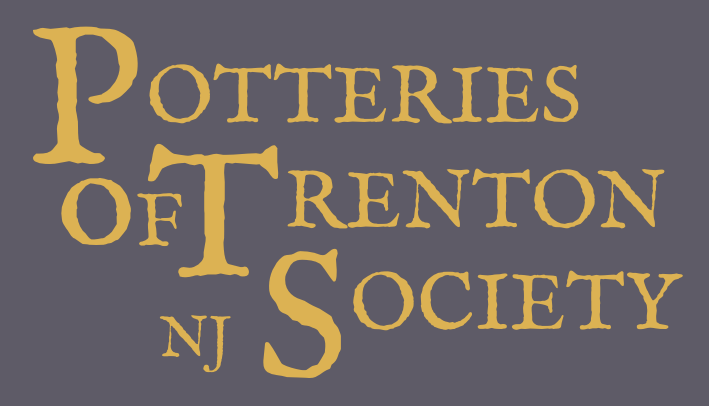
Trenton’s pottery industry in the 1870s and 1880s was teeming with creativity in porcelain. To be sure, some potteries were making parian figures (Etruria Pottery) and porcelain hollow-ware (Excelsior Pottery) in the 1860s, but these were only the beginning. Ott & Brewer’s Etruria Pottery would go on to develop a renowned American version of Irish Belleek and James Tam’s Greenwood Pottery would create the award-winning Ne Plus Ultra line in the image of England’s Royal Worcester. Along the way, these dainty tea wares represent a major step forward.
James Tams, a kilnman, was born in Staffordshire, England in 1845, and probably arrived in Trenton in 1861 with his father William (1822-1866), who was immediately employed at William Young’s pottery. We don’t know William’s skills, but we do know that he received a high wage for what he did at Young’s pottery. The following year, William became associated with investors James P. Stephens and Charles Brearly, and the new firm built a new pottery on the D&R Canal near Mercer Cemetery. They were in production by early 1863. William died in the spring of 1866 and supervision of production passed to James along with William’s share in the operation. The pottery was incorporated in 1868 as Greenwood Pottery Company, and James became President.
Greenwood Pottery maintained a steady production of white hotelware, but James desired to make a finer ware as well. By 1875, the Crockery and Glass Journal‘s Trenton reporter found the new ware to be “graceful, durable and ornamental.” Of special note, however, was the ware’s embellishment, from simple bands in gold and colors to “the finest antique and floral decorations.” When the ware was shown in 1879 at the American Institute Fair in New York City, a reviewer noted a pitcher in Greenwood’s display as “one of the prettiest things that I have seen for many a day.” The decorations he described were similar to those carried on these small tea pieces showing hunting dog and foxes. The delicate linear ornament is typical of the Renaissance-revival style that was popular at the time. And the use of bright and dead gold demonstrates the high level of mastery among Trenton’s gilders.
Perhaps most important thing about these pieces is the paper label that remains on the teapot–“Greenwood China / made by Jas. Tams / 1880 / and presented to / J. H. Brewer / for his collection”–because it demonstrates the mutual respect that Trenton’s potters had for each other and for their individual achievements.
Teapot and cream jug, painted porcelain, made by Greenwood Pottery, 1880. Collection of the New Jersey State Museum, CH354.17. Photograph by Ricardo Barros.
–Ellen Denker
Photographed as part of a collaborative project with the New Jersey State Museum. The project was made possible, in part, by a grant from the Mercer County Division of Culture and Heritage, in partnership with the New Jersey Historical Commission, Division of Cultural Affairs/ Department of State.
